When you think about Apple's approach to new technology categories, they're rarely the first to market; they usually nail the execution when they finally show up. With augmented reality, though, something different is happening. Instead of the sleek, fully featured AR glasses we've been imagining, Apple is taking a cautious detour that might be the smartest move on the board.
According to early reports, Apple plans to launch AI-powered smart glasses first, with development shifting toward a 2026 announcement and 2027 release. The company has also redirected resources from its lightweight Vision Pro project to prioritize smart glasses development, as reported by Gigazine.
The reality of Apple's AR timeline
Apple's AR ambitions have hit real walls, not just speed bumps. The company initially targeted smart glasses as early as 2023, but development ran into obstacles that forced an indefinite postponement, according to MacRumors. That is not a routine delay but a reset.
Vision Pro taught Apple a tough lesson. Creating glasses with adequate performance was not feasible with current tech. As noted by analysts, the glasses would need iPhone-level processing power while consuming about one-tenth the energy to avoid overheating. Picture a car running a marathon while sipping fuel like a bicycle. Not happening, at least not yet.
Connectivity made things even clearer. Apple first tried pairing the glasses with an iPhone and ran into processing and battery problems, according to KGuttag. Rumors suggest that the team then pivoted to Mac computers for extra headroom. When executives tried those Mac-connected prototypes, the demos disappointed enough to essentially kill the project.
What the first generation will actually deliver
So if not true AR, what is Apple planning? A more practical start. The upcoming smart glasses aim at AI functionality, cameras, audio, and seamless iPhone connectivity, as reported by Apple Gadget Hacks.
The AI angle is the hook. The glasses can capture images of your surroundings, gather context, and use Apple Intelligence for timely help. Picture this: you glance at a restaurant menu in a foreign language and hear instant translation, or point at a plant and get information through audio feedback. A smart assistant that can actually see what you see, without the complexity of visual overlays.
Apple has developed specialized silicon based on Apple Watch architecture to handle multiple cameras and AI processing, with mass production targeted for late 2026 or 2027, according to Apple Gadget Hacks. Expect different frame and temple materials too, a fashion accessory as much as a gadget.
This strategy fits Apple's playbook. The company has been studying Meta's Ray-Ban glasses as a potential stepping stone toward true AR capabilities, according to MacRumors. Get people comfortable with smart eyewear now, solve the harder display and power problems later.
The second-generation promise
The long game is where it gets interesting. Apple's second generation, planned for 2028, targets true augmented reality with see-through color displays and AI connectivity, according to CNET. That timeline buys years to crack the core technical problems while building a user base and social acceptance with the first-gen glasses.
The delay matches Apple's habit of getting it right, not just getting there. The global smart glasses market was valued at $1.93 billion in 2024 and is projected to reach $8.26 billion by 2030, a wave Apple would rather ride with a polished product than an experiment, as reported by Apple Gadget Hacks.
Even Meta, one of the earliest AR players, is wrestling with cost and manufacturing. Its Orion AR glasses cost about $10,000 to make and still require extras like wristbands and compute pucks, according to MacRumors. That context makes Apple's patience look less timid and more strategic.
The second-generation timeline also fits Apple's broader AR roadmap, an ecosystem where smart glasses, Vision Pro headsets, and other AR experiences complement each other instead of competing.
Building toward an AR future
The clever part is momentum without overpromising. Apple continues investing in Vision Pro to lay the groundwork for future AR tech, even as smart glasses receive limited resources compared to the headset project, as noted by MacRumors. That way, the company pushes the frontier while waiting for hardware breakthroughs that make lightweight glasses viable.
Tim Cook has called augmented reality "big and profound," something people will eventually wonder how they lived without, according to MacRumors. The first-generation smart glasses are a measured step toward that future. Not the full AR dream, yet useful AI features that could improve daily life and establish a real market presence.
This phased approach also gives Apple time to work through the social and privacy questions that come with camera-equipped glasses. Google Glass taught everyone how quickly norms can break. Apple can set expectations and build trust with the first generation, then add the visual overlays when the world is ready.
PRO TIP: If you're thinking about waiting for Apple's AR glasses, the smart glasses launching from 2026 to 2027 could be a worthwhile stepping stone. They should plug into your existing Apple ecosystem and deliver real utility through AI features, even without true AR.
The roadmap suggests that transformative AR glasses are still years from mass adoption. The intermediate product can build familiarity with wearable AI and plant Apple firmly in a market that is bound to grow. Sometimes the smartest move is not being first; it is being ready when the technology finally catches up, with users already primed for the leap.




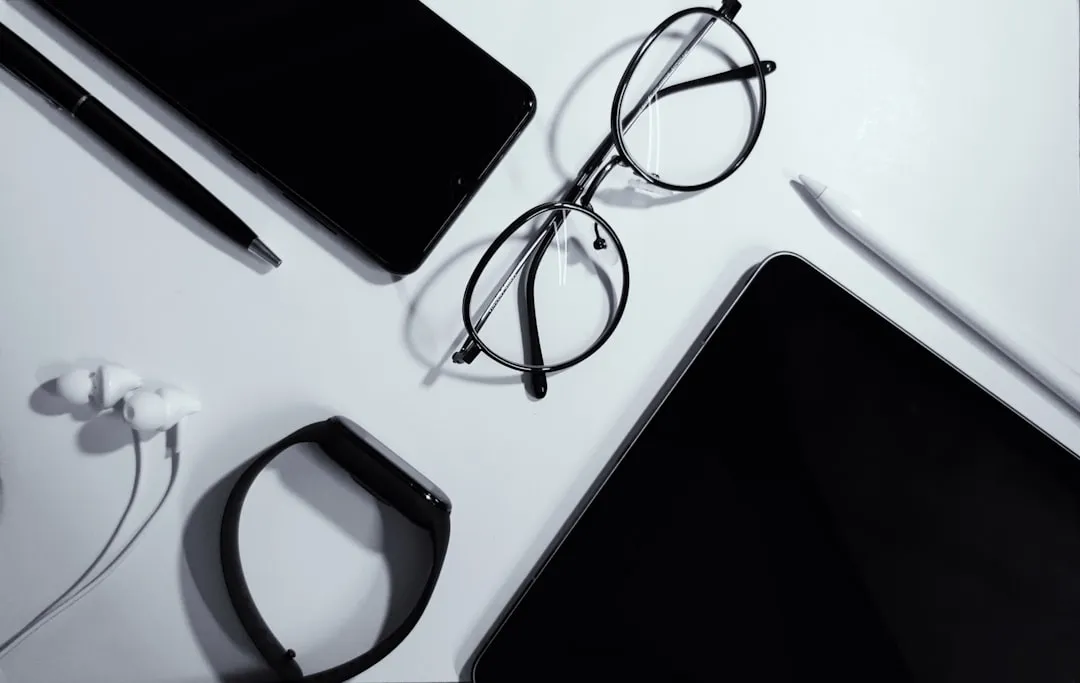







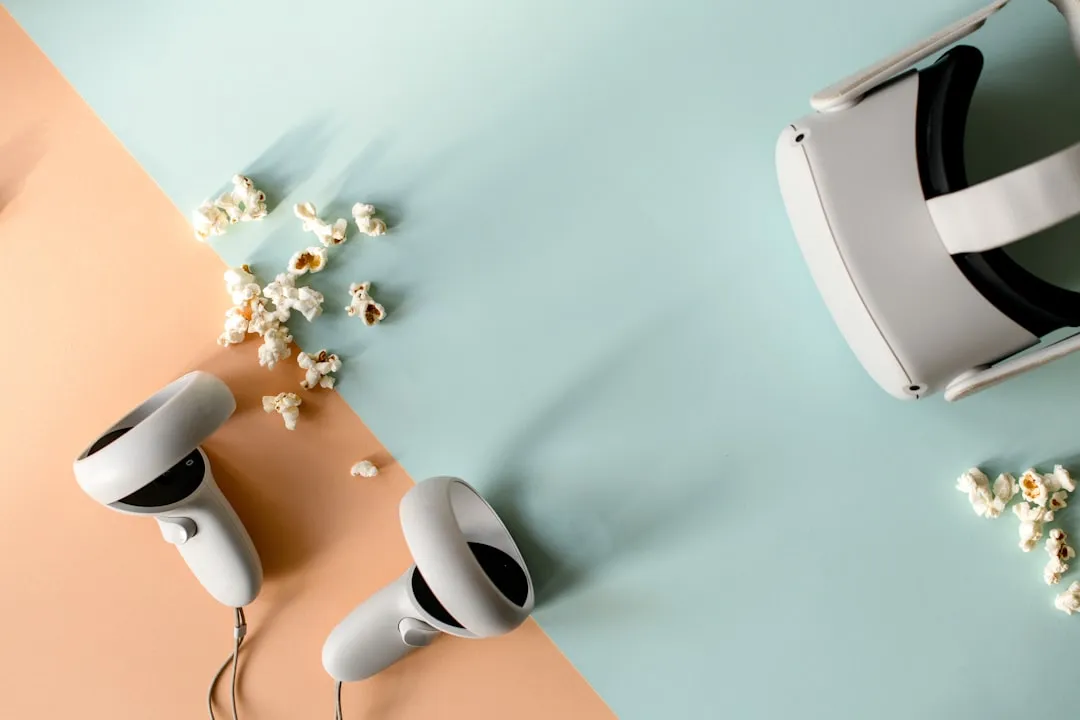

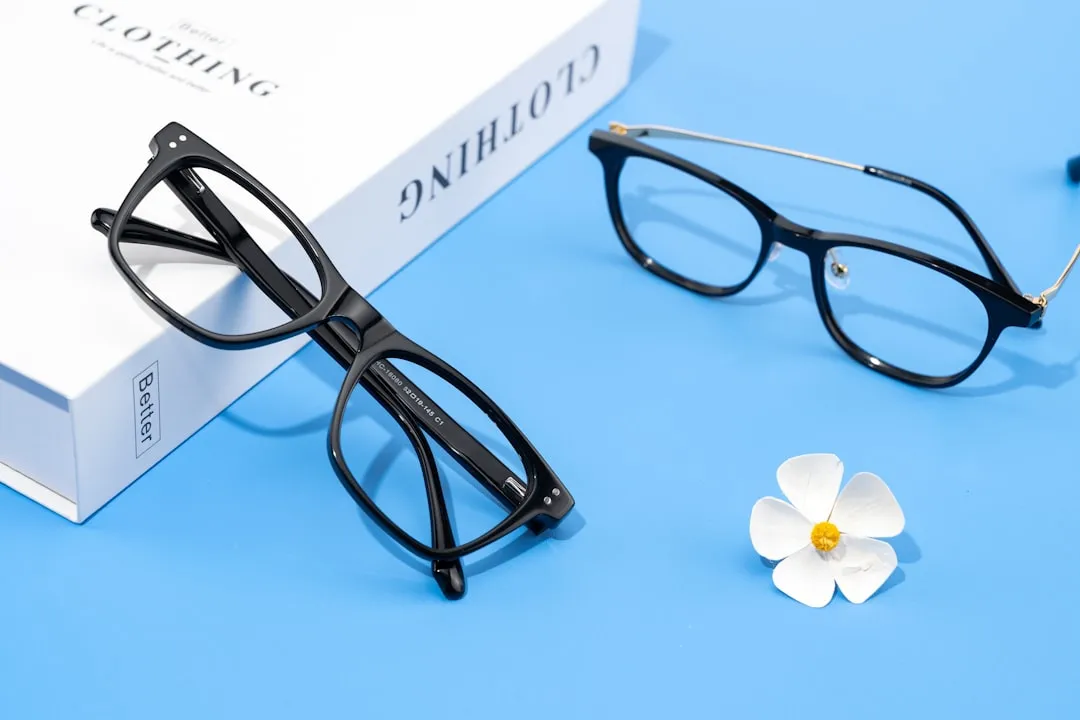

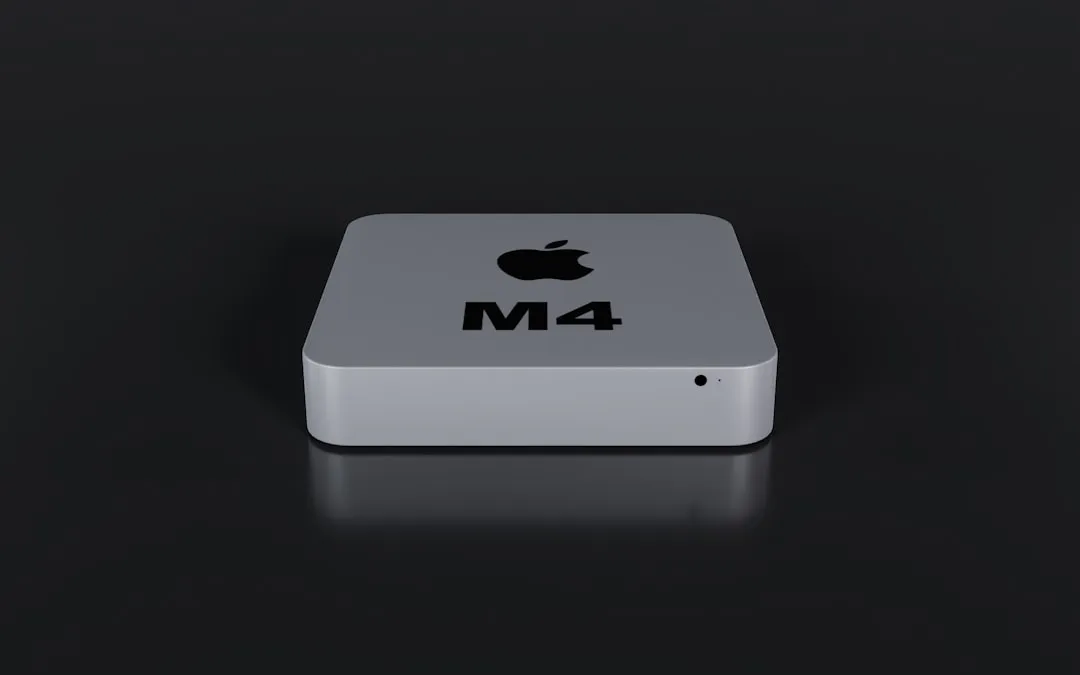
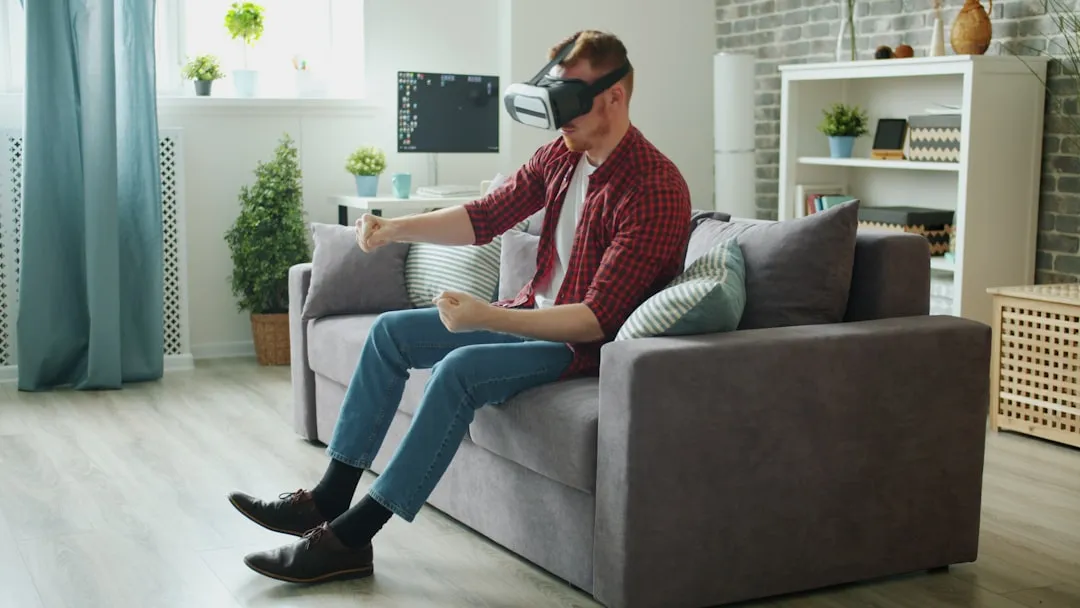
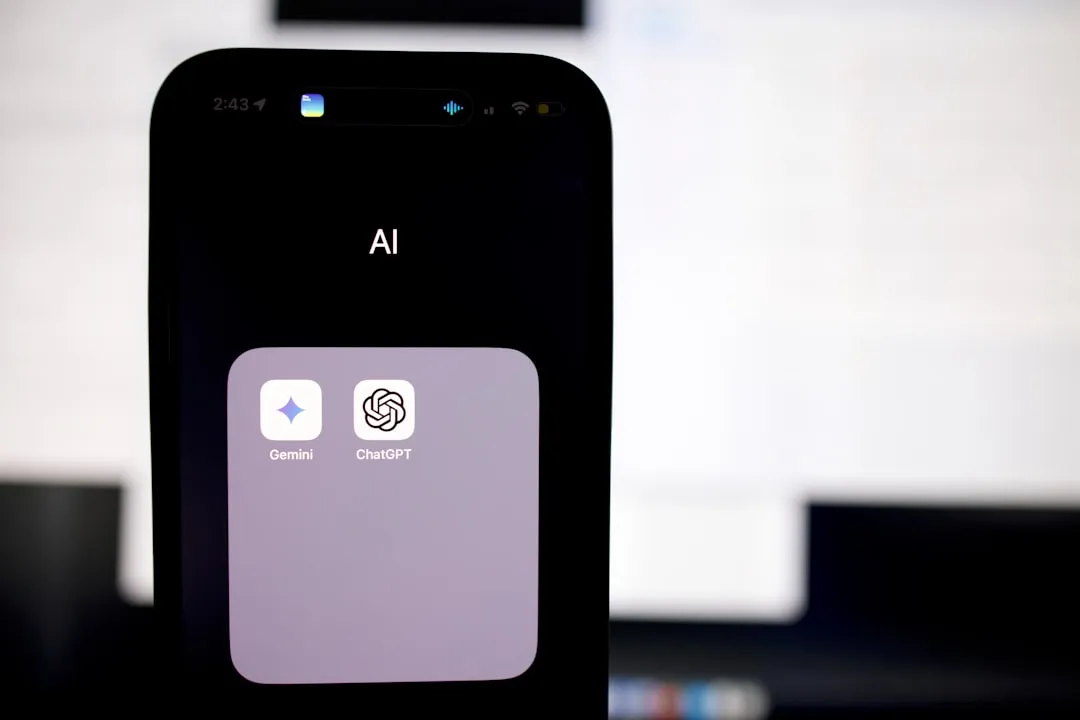
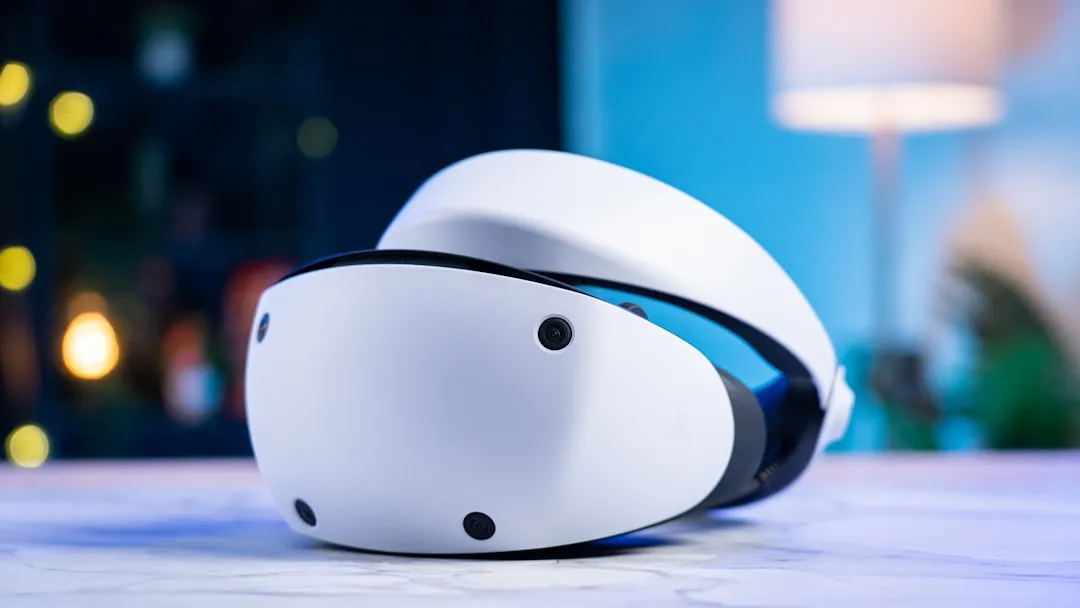

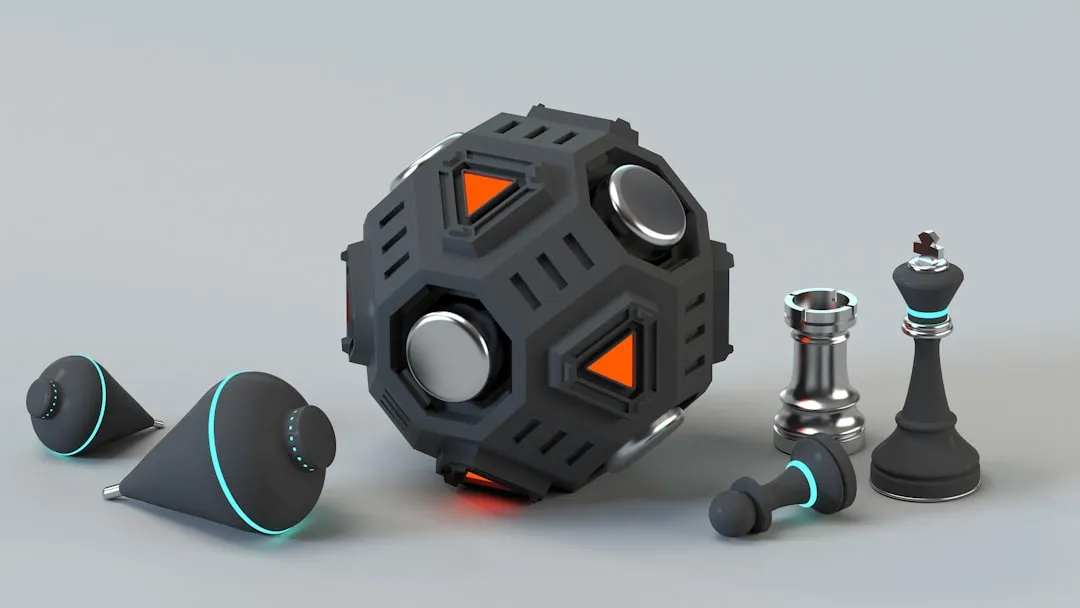

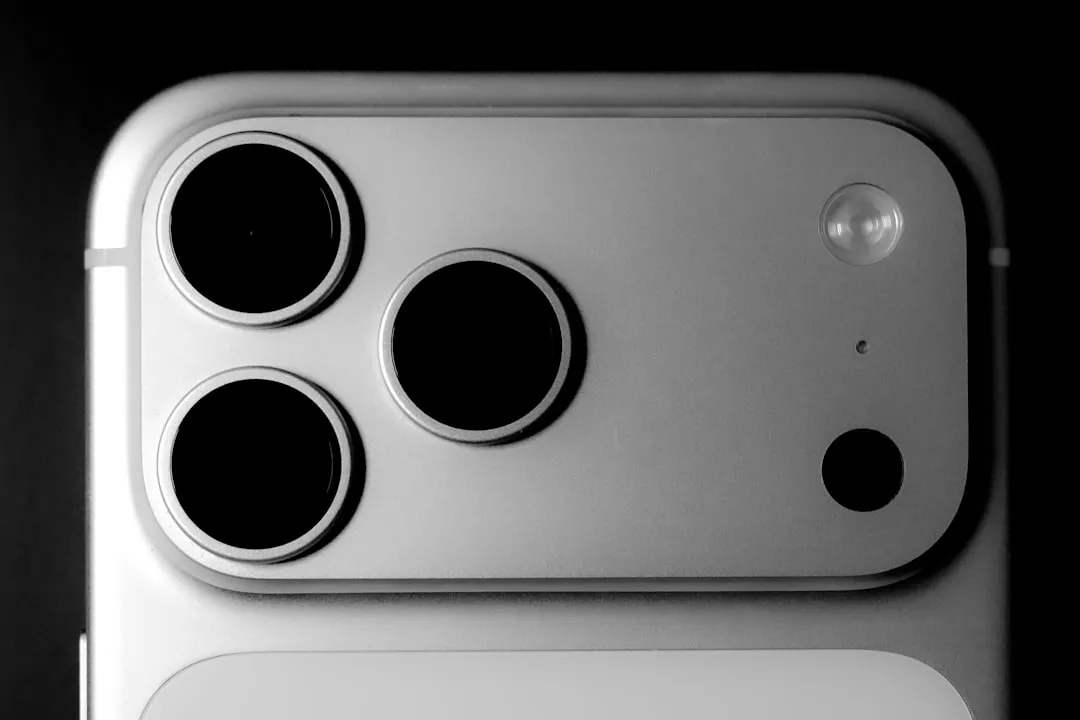
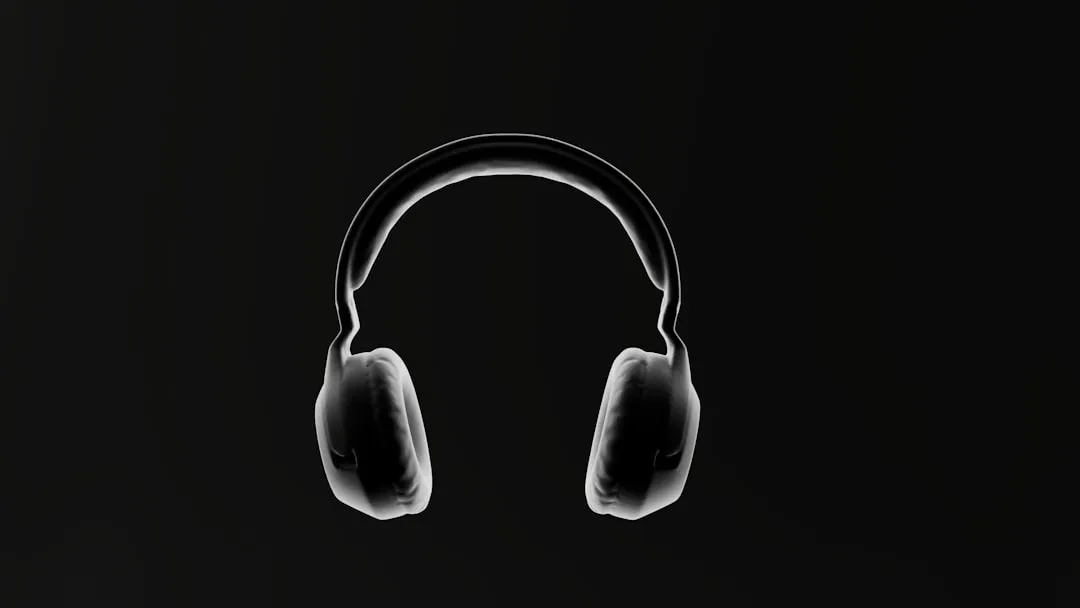
Comments
Be the first, drop a comment!